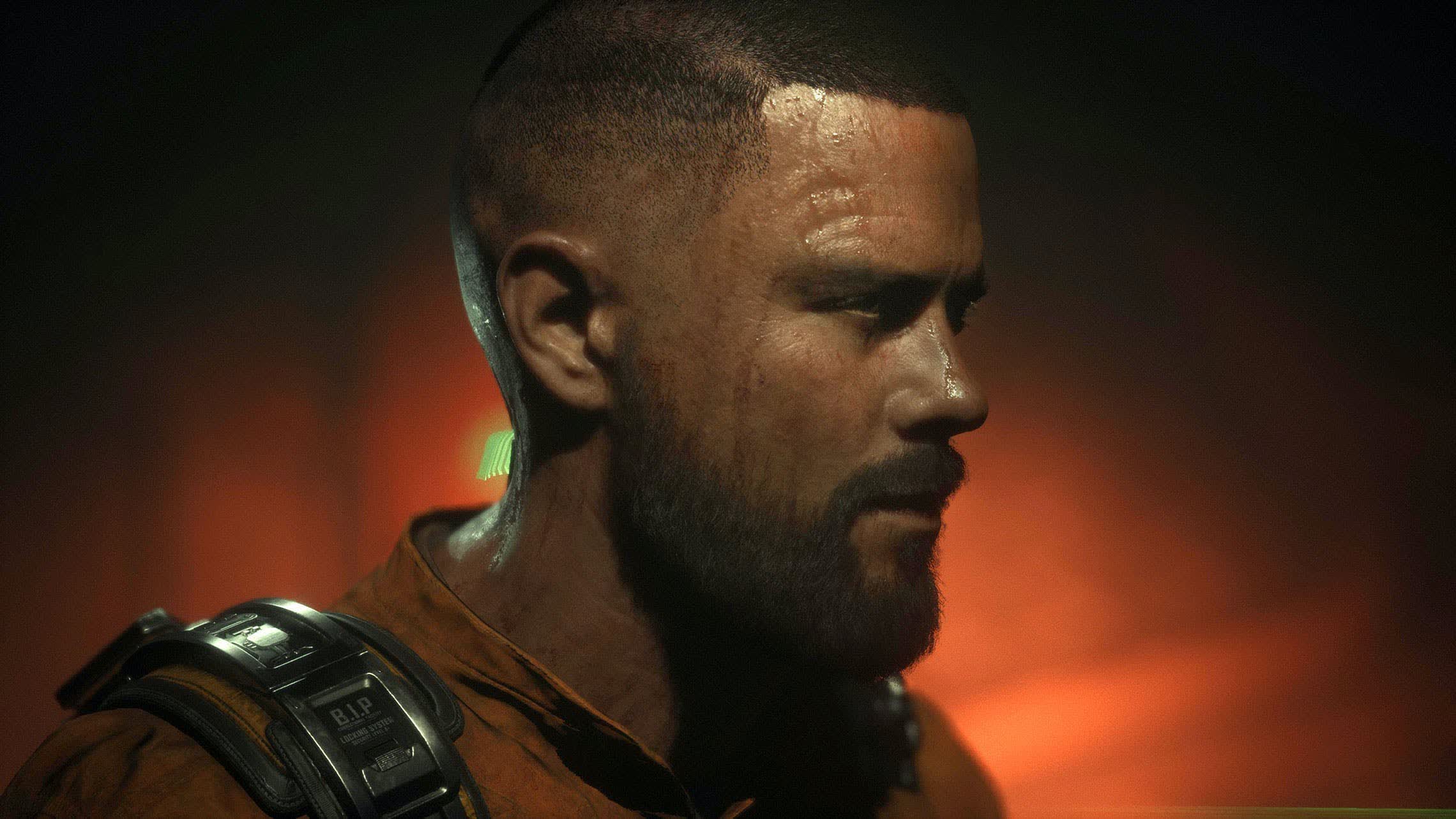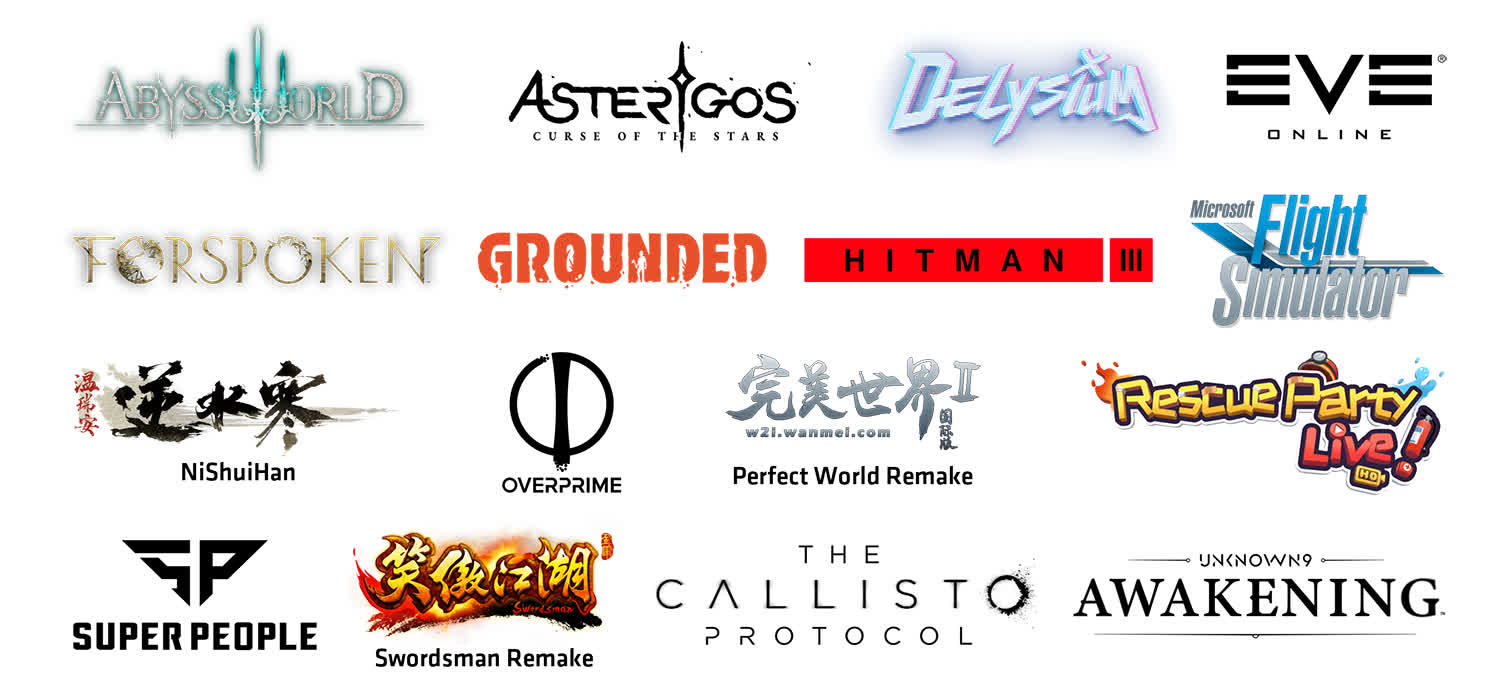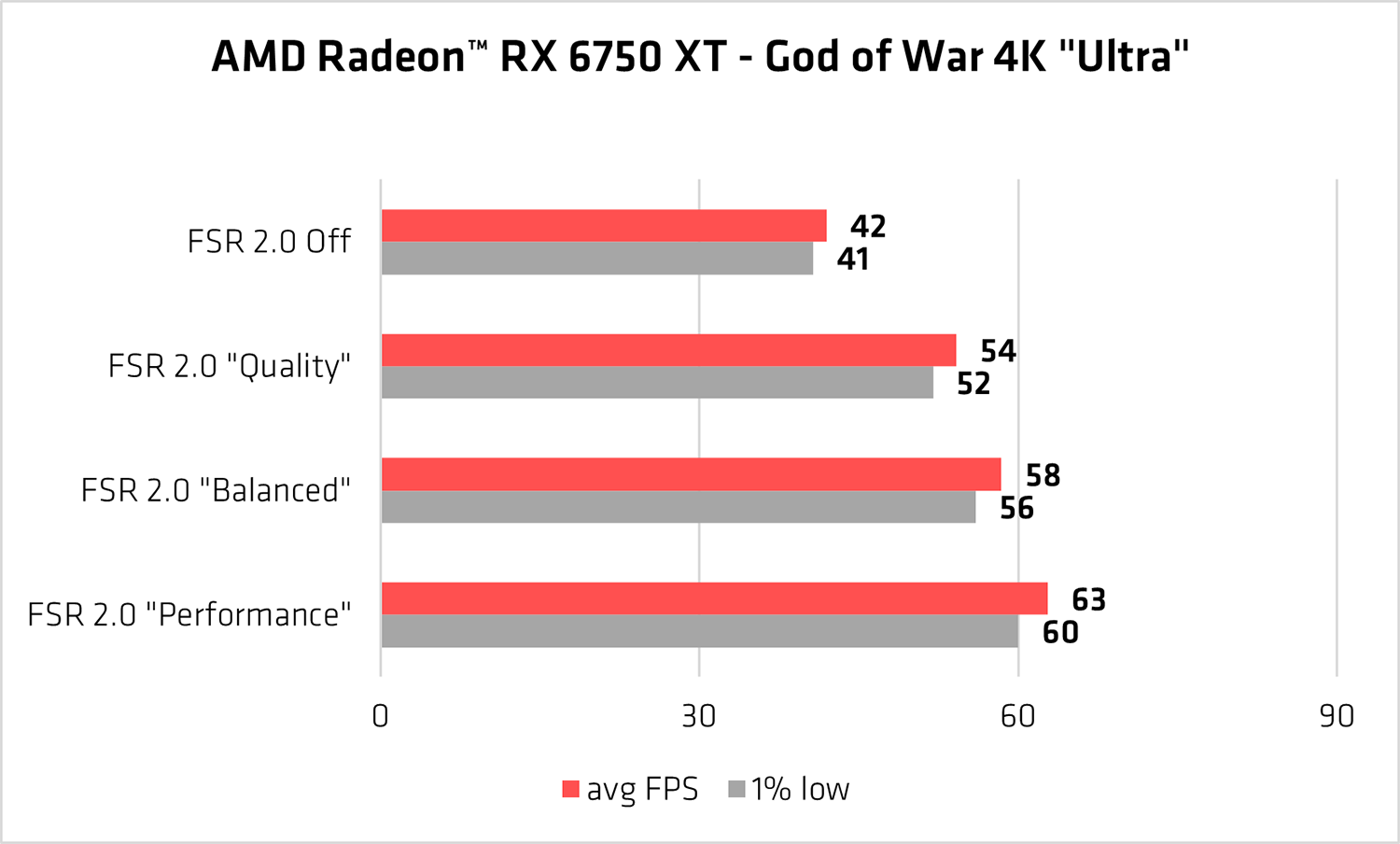The big picture: AMD's FidelityFX Super Resolution 2.0 upscaling tech improves image quality and game performance compared to native rendering. Hopefully, the list of supported titles keeps growing as the feature benefits all gamers without DLSS-enabled GPUs, not just AMD graphics card owners.

Five additional games have been added to AMD's FSR 2.0 temporal upscaling lineup, bringing the total count to 19. The five games that have joined the upcoming FSR 2.0 titles are Abyss World, Hitman 3, Rescue Party: Live!, Super People, and The Callisto Protocol. As Hitman 3 got released over a year ago, it will receive FSR 2.0 support through an update, while other games will have the tech at launch.

FidelityFX Super Resolution 2.0 is an open-source alternative to Nvidia's DLSS, with the main advantage being that it doesn't require specialized Tensor cores to function. While DLSS exclusively runs on relatively-new RTX GPUs, FSR 2.0 supports far older graphics cards and iGPUs, including ones from Nvidia and Intel.
Deathloop, God of War, and Farming Simulator 22 are currently the only available games that implement FSR 2.0. Slides provided by AMD show the performance difference between the three quality presets in the latter two titles.

When we recently compared FSR 2.0, FSR 1.0, DLSS, and native rendering in Deathloop, we found that FSR 2.0 produces far better results than its predecessor, getting very close to DLSS in both image quality and performance.
You can also check out our coverage on how FSR 2.0 works and what differs from the previous version.
https://www.techspot.com/news/94911-five-additional-games-getting-amd-fsr-20-support.html